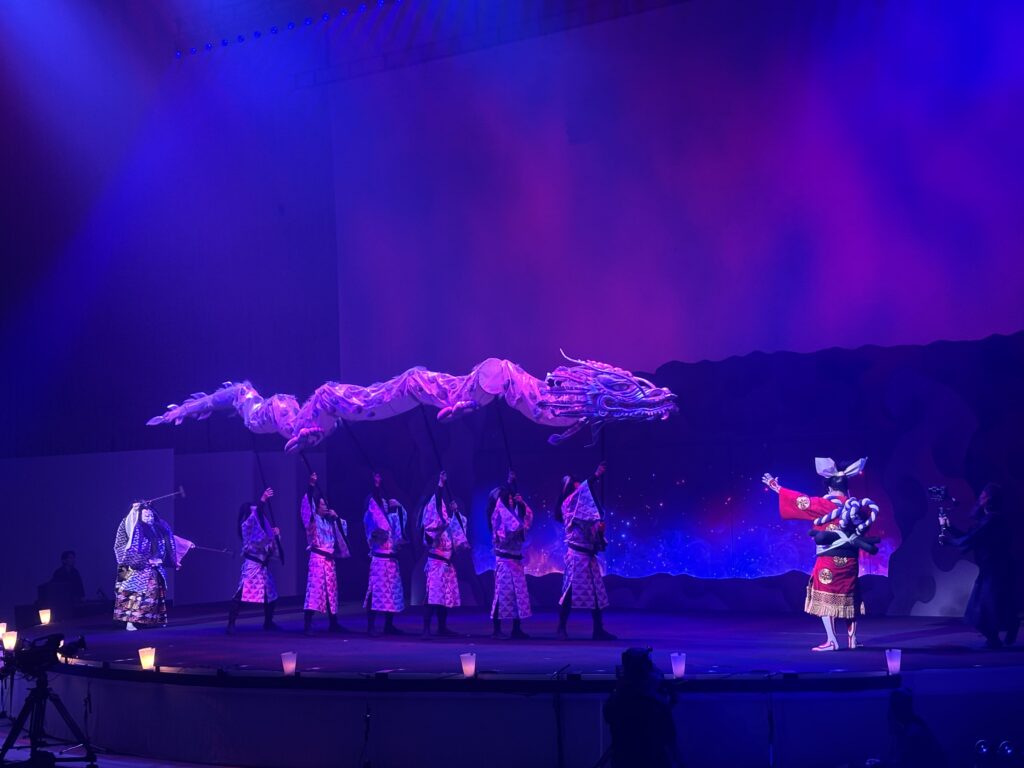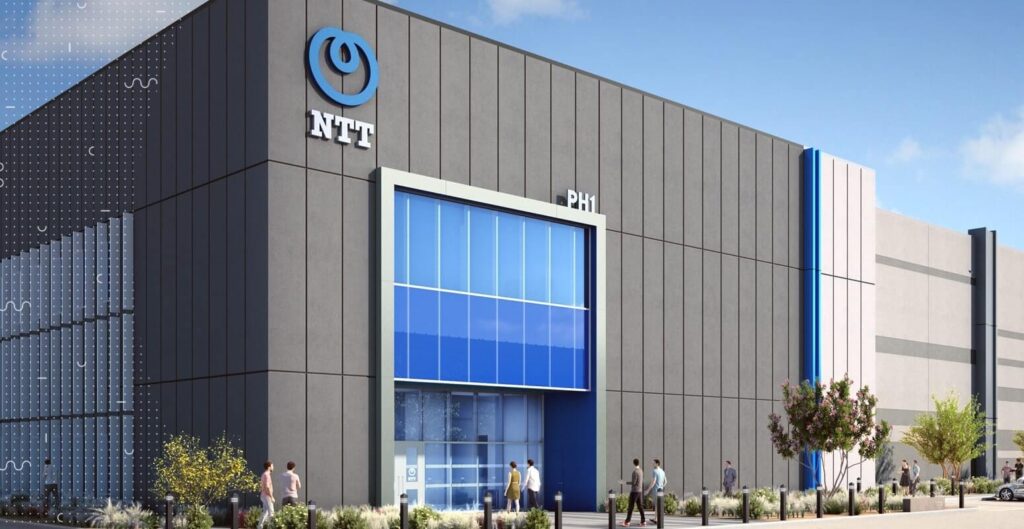At the 2025 World Expo, Japanese firm NTT showed that its Innovative Optical and Wireless Network (IOWN) technology is transitioning from theory to reality.
The company demonstrated the power of the first international All-Photonics Network (APN), built between Taipei and Osaka, through a synchronised Kabuki theatre performance in both cities.
It also claims to have “powered” the Osaka Expo by integrating IOWN into the venue’s network, providing further proof of the technology’s viability.
The technology giant has made a number of recent investments in the U.S. In March, the company acquired 173 acres of land in Arizona to build a state of the art data center and they already operate data centers in California, Illinois, Oregon, Texas, and Virginia.
NTT’s demonstrations in Japan and Taiwan come five years after it established the IOWN Global Forum alongside the Sony Group and Intel, which has since received backing from major tech players like Google and Microsoft.
In contrast to conventional fiber-optic networks which rely on electronics and copper wiring, IOWN employs an all-photonic infrastructure which relies on light from end to end. Photonics, which are light-based components, allow faster data transmission and lower latency than electronic networks.

NTT believes that, once completed, its IOWN technology will be able to lower power consumption by 100 times, increase data transmission capacity by 125 times and reduce end-to-end latency by 200 times.
If successful, IOWN would offer a solution to the mounting energy consumption required to store and process the world’s data. Data centers, which already make up roughly 1.5% of global electricity use, are expected to use twice as much energy by 2030.
Reducing power consumption would massively reduce the financial burden for firms like NTT, which is one of the world’s largest data center operators. It would also reduce the environmental impact of the modern data economy.
Its IOWN technology was also integrated into the Osaka World Expo, with its APN equipment installed in the venue’s optical fiber network.
While NTT effectively demonstrated that IOWN has left the conceptual stage of its development, the technology still has a ways to go.
Integrating IOWN into global wireless networks is a mammoth task that will require enormous investment and international cooperation.
NTT also faces competition from Huawei, which is developing its own plans for an all-optical network called OptiX.
But for now, NTT’s Kabuki performance showed that IOWN is ready to take center stage in plans for developing the future of the internet.

